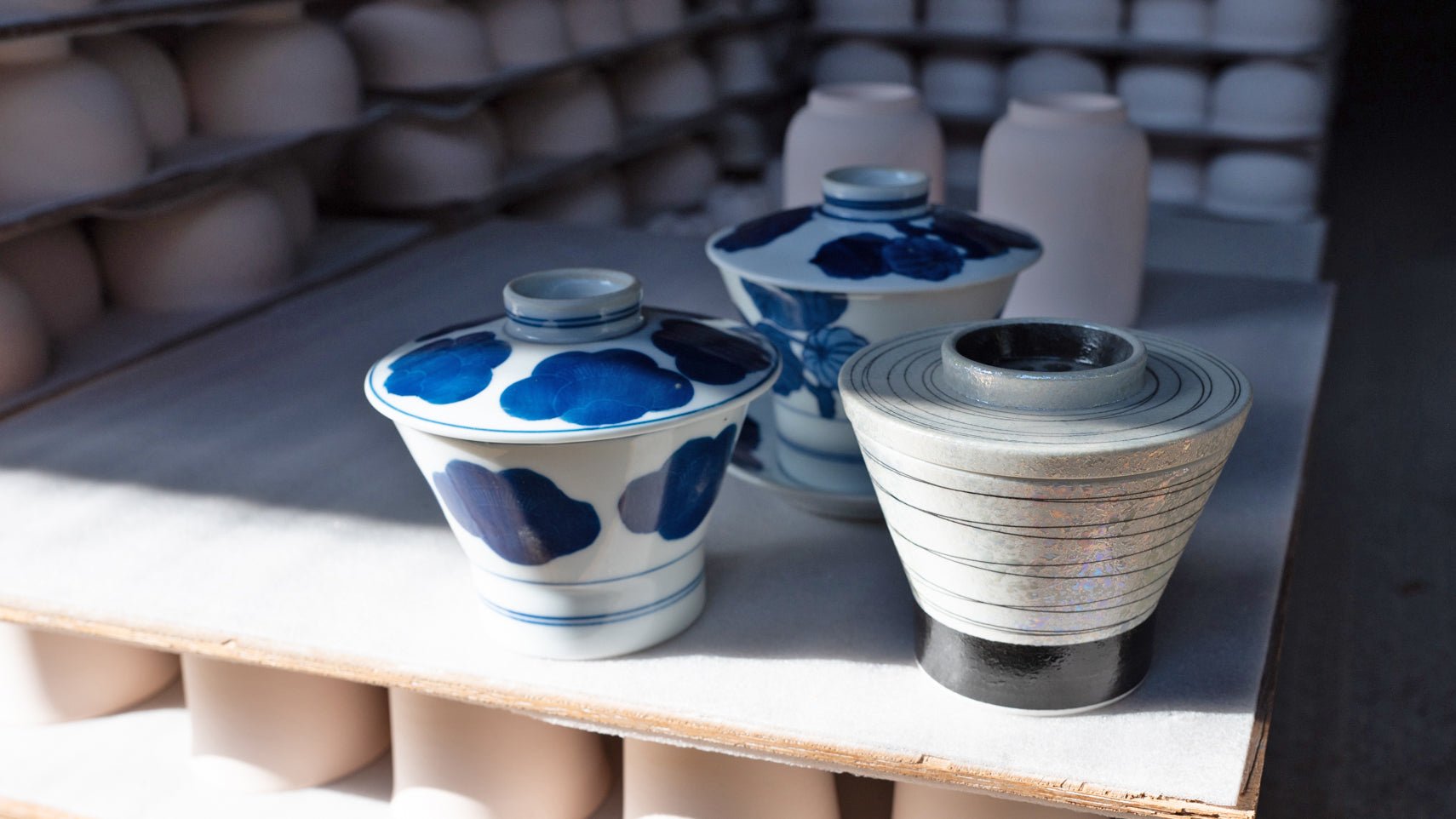
Visiting Arita City: The Past and Present of Kaiseki Tableware
Written by Shirata Ai
Kaiseki tableware refers to the general term for dishes served in ryokans "inns" and traditional Japanese restaurants. These include sashimi plates, chawanmushi cups, small and medium bowls, soup bowls, etc., with designs that change with the seasons, making them slightly more extravagant than those used at home. For foreigners visiting Japan, it might be impressive to see more than 10 pieces of such luxurious and variously shaped tableware per person, creating a memorable image of their trip to Japan.
On the other hand, for Japanese people, the modern increase in hotels within Japan means that the opportunities to dine at ryokans for dinner and breakfast or for celebrations with relatives are not as common as before, leading to a decreased demand for kaiseki tableware. Moreover, since these are treated as products for professional use in Japan, it is rare for ordinary people to come across them naturally when shopping.
Thus, I hadn't known that one of the major production areas for this kaiseki tableware was Arita ware. It turned out that Tasei Kiln and Kaizan Kiln, which are both suppliers of our products at MUSUBI KILN, were both old-established kilns specializing in kaiseki tableware as well.
tables of contents
The Craft of Chawanmushi Cups




The predecessor proposed many new designs every month, with themes like cherry blossoms, flowing streams, and autumn leaves according to the seasons. "The ones shown here are only the finalized designs, but there are many more designs that we haven't made yet."
Through the solid foundation of craftsmanship developed with chawanmushi cups, they have created items suited to each time, leading to the present.
Kaizan Kiln's Modern Table Settings

Carving is a technique that beautifully showcases the shades of glaze and overglaze painting. Deep carvings accumulate the glaze liquid, enhancing its depth and creating ink-painting-like images. For this beauty, precise technique is essential. Tools are even customized for ease of use and versatility. "Rather than buying them, we have to make our own tools as well." he said.

Thus created, these dishes not only shine on the dining tables of restaurants but also bring a sparkle to the relaxed dining tables at home, creating an extraordinary atmosphere.
The Continuing Legacy of Arita Ware Kilns
This concludes my visit to the Arita ware kilns. At first glance, they might seem focused on crafting modern Japanese tableware. However, upon closer inspection, it becomes clear that their roots lie in the art of making kaiseki tableware. They enhance the seasonal changes of Japanese cuisine while meeting the expectations of chefs in terms of ease of handling and durability. The kaiseki tableware I saw at the ryokans, now a fond memory, continues its legacy in modern tableware with skill and dedication. It was a truly inspiring experience for me.







Leave a comment
This site is protected by hCaptcha and the hCaptcha Privacy Policy and Terms of Service apply.